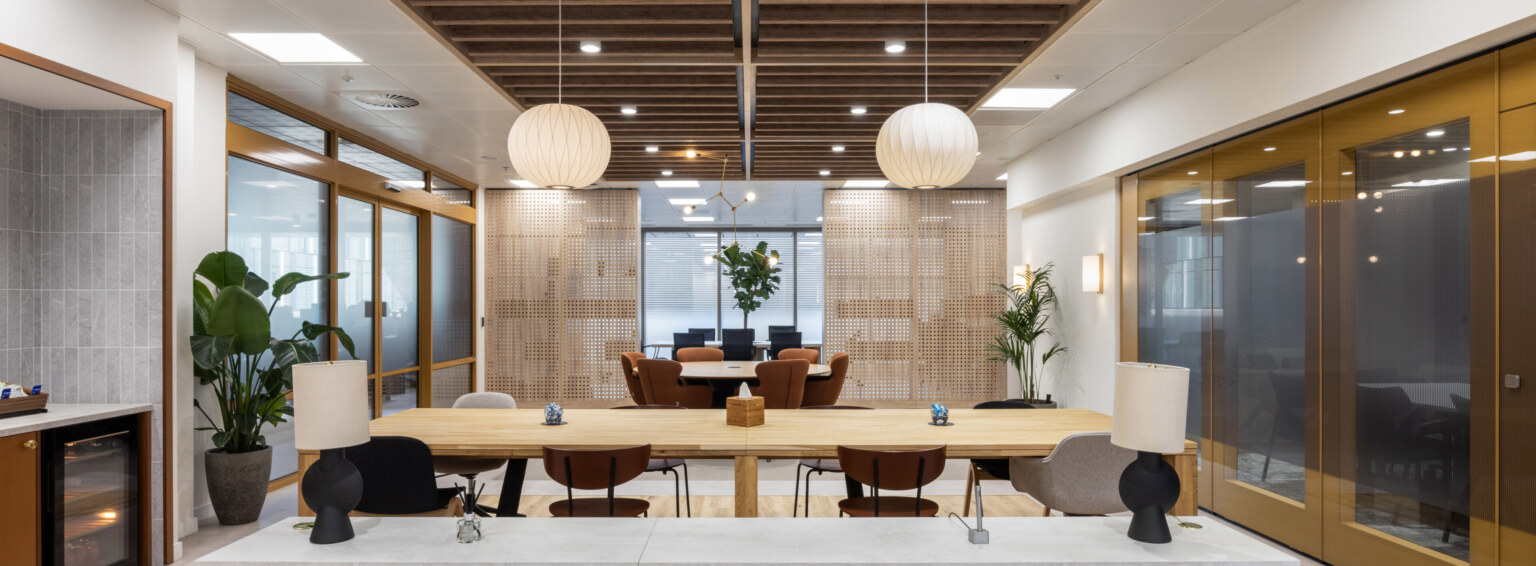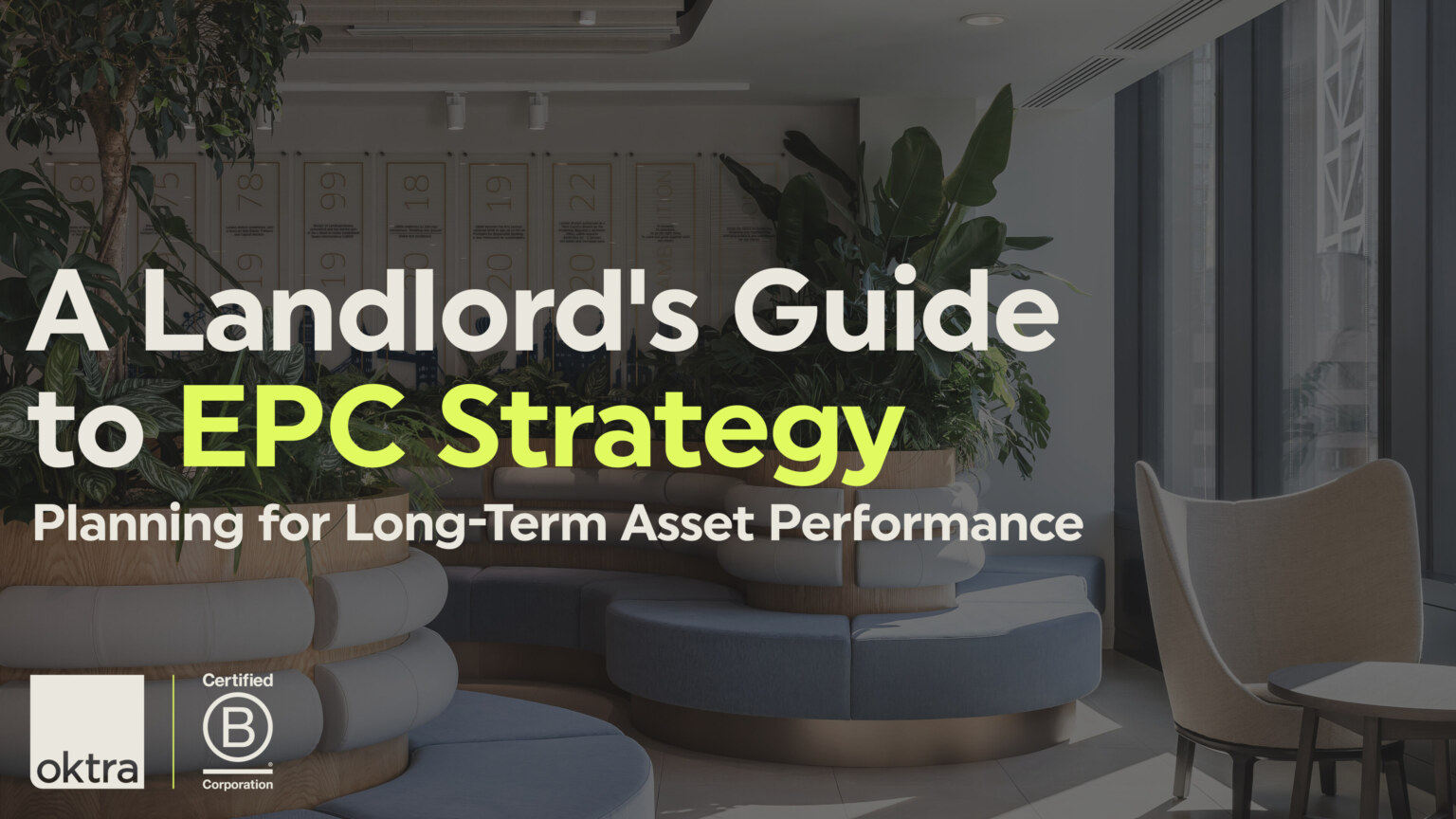-
The Manchester office market is in transition. Occupier demand is high, but supply is constrained. With limited new developments coming through the pipeline, landlords and investors are turning to refurbishment as a strategic solution.
This shift is not only filling a supply gap but also reshaping the city’s commercial landscape. From sustainability pressures to evolving tenant expectations, the drive towards high-quality refurbishments is redefining what it means to deliver Grade A office space in Manchester today.
-
The rise of refurbishment
So, why is Manchester’s office market increasingly being shaped by refurbishment rather than new development?
To begin with, grade A space has become the dominant choice for occupiers, with businesses prioritising quality, sustainability and location over sheer volume. Demand for prime space remains strong, with a reported 29% increase in take-up from 2023 to 2024.
-
But the delivery of new-build schemes has slowed dramatically over the last five years, owed largely to the impact of the pandemic. That’s left a clear gap in supply, not to mention rising costs of office space in Manchester.
At the same time, environmental and regulatory pressures are accelerating the refurbishment trend. The tightening of Minimum Energy Efficiency Standards (MEES) means landlords can no longer ignore outdated stock.
Upgrading existing buildings to meet ESG requirements is not only a compliance issue but also a competitive advantage. It ensures assets remain attractive and lettable in a rapidly evolving market.
-
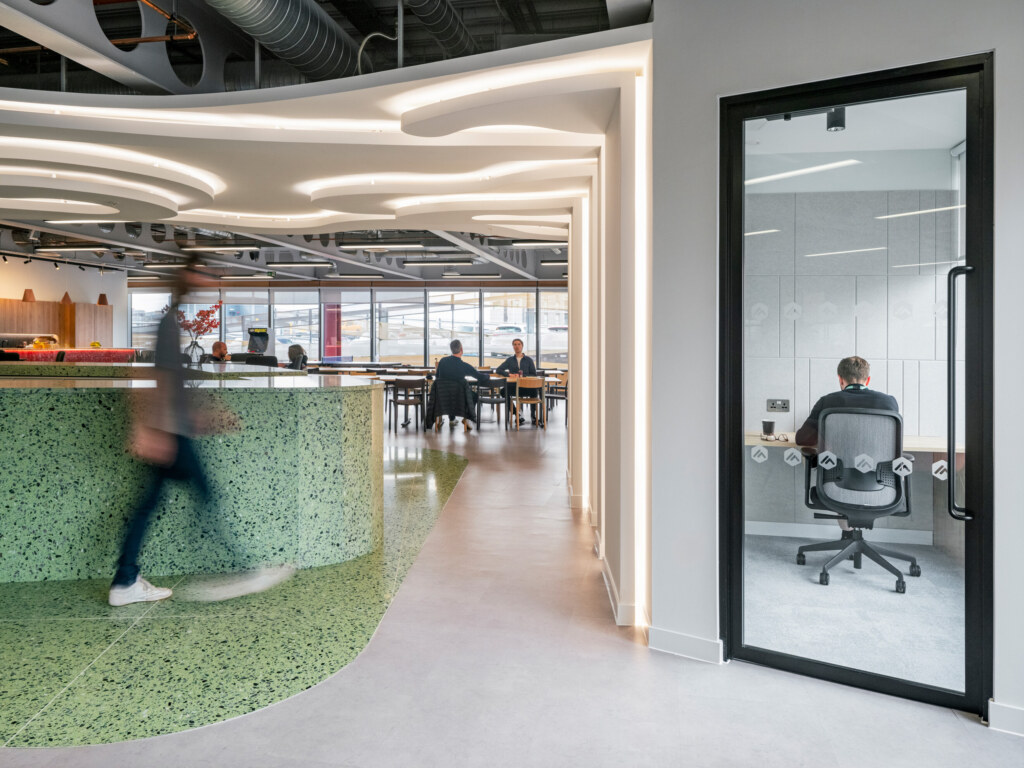
-
The Manchester Office Rent Report
For more information on the cost of office space in Manchester, take a look at our rent report, which is updated quarterly and covers the average costs per sq ft for Grade A and Grade B space in the city’s key submarkets.
Download now -
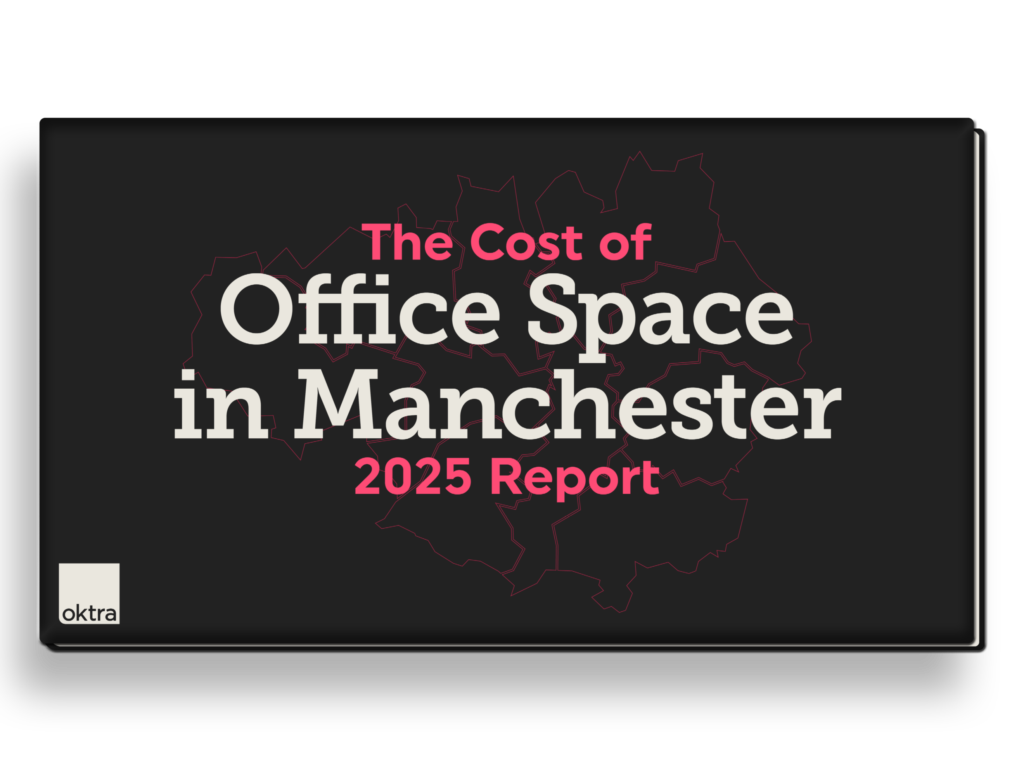
-
Retrofit vs. rebuild: a strategic shift
For many developers in Manchester, the choice is no longer whether to demolish and rebuild, but how best to retrofit. The carbon savings alone make refurbishment an attractive option. Reusing a building’s core structure drastically reduces embodied emissions compared with a ground-up scheme.
-
Faster delivery also means assets can return to the market sooner, minimising downtime in a city where occupier demand remains high. We’re seeing a similar shift in London, where demand for high-quality office space is also rising.
In today’s high-inflation environment, retrofit offers another decisive advantage too – cost control. Rising construction and materials prices have made new builds significantly harder to justify. On the other hand, upgrading existing stock typically delivers a better balance of capital expenditure and return.
-
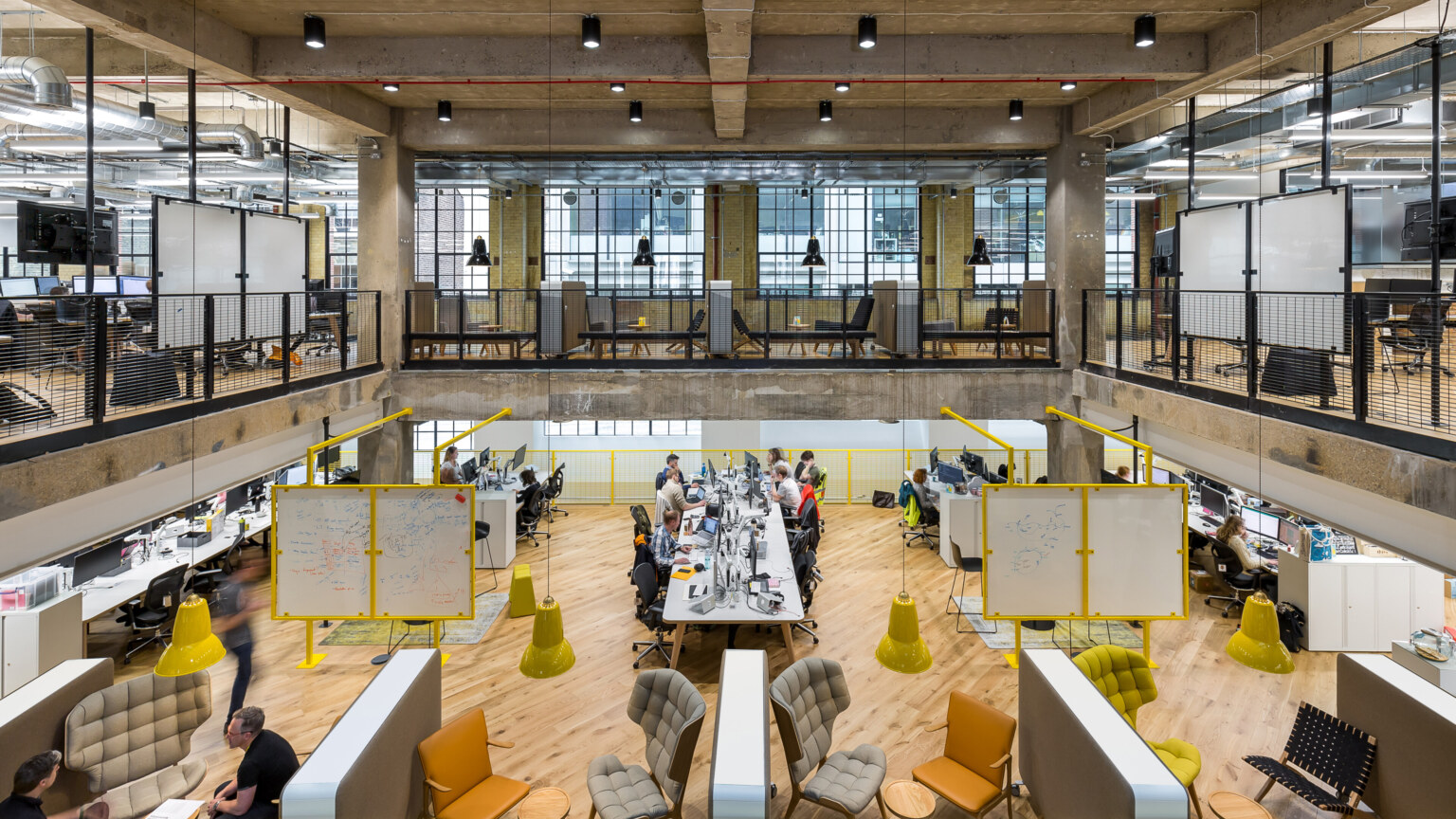
-
Crucially, tenants are driving this shift. Businesses increasingly prioritise experience, wellbeing and performance over shiny new towers. They want buildings that combine strong sustainability credentials with modern amenities and flexible layouts.
Refurbishment allows owners to deliver exactly that – future-ready workplaces in the right locations, without the expense and delay of starting from scratch.
-
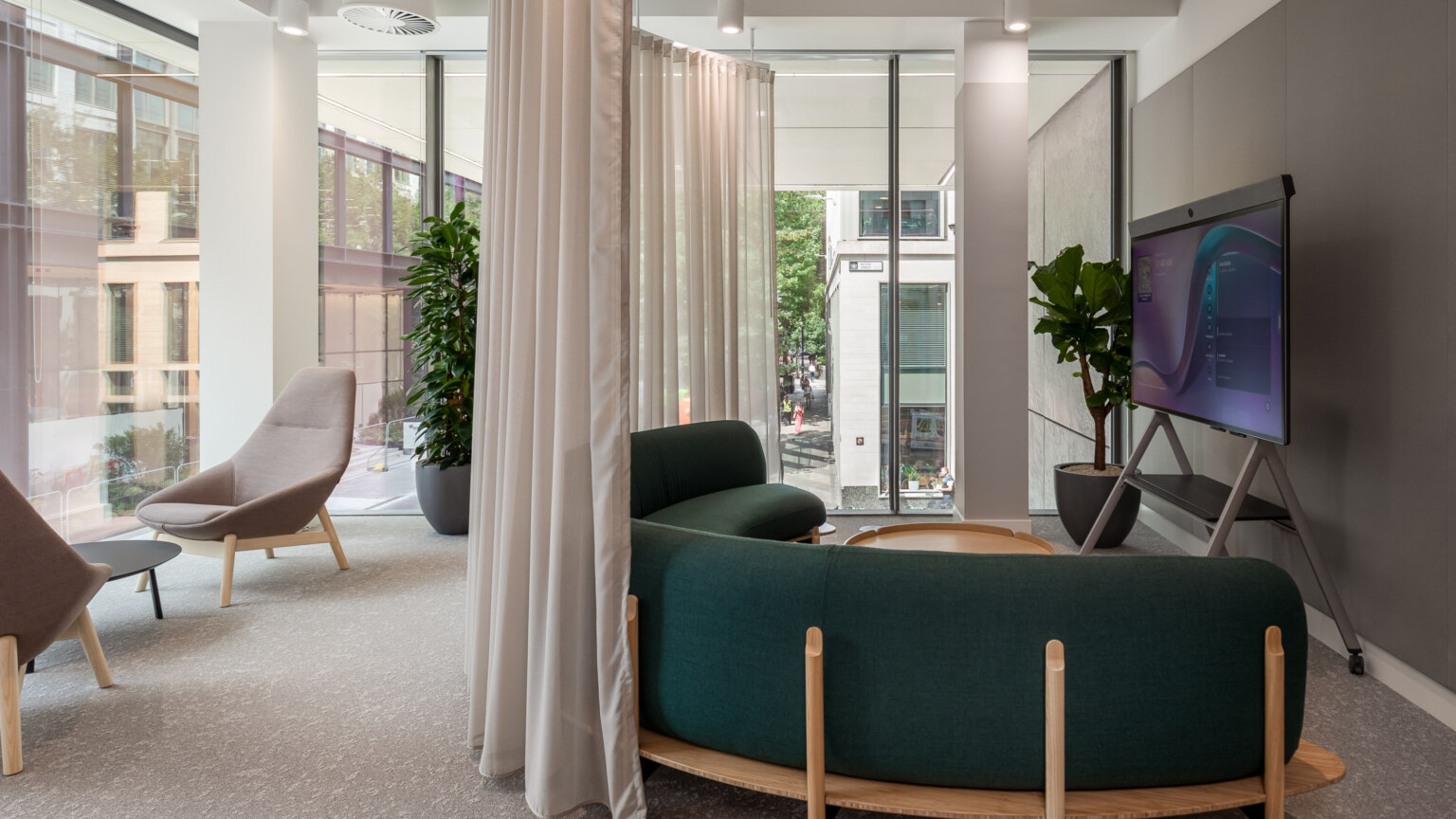
-
Real-world signals from Manchester
The shift towards refurbishment is already evident in Manchester, where there’s been an uptick in EPC-driven refurb projects.
-
At Exchange Quay, Building 8 has been repositioned through a comprehensive upgrade, including reliable, efficient heating across all ten floors. It’s a great example of how an older asset can be transformed into modern, energy-efficient office space that competes directly with new-build Grade A stock.
Similarly, in the NOMA district, a number of heritage assets have been brought back into use through sensitive refurbishment:
- The Grade II-listed Hanover Building was transformed into modern office space while preserving its Edwardian architecture.
- The Redfern building was upgraded to provide flexible, design-led workplaces.
-
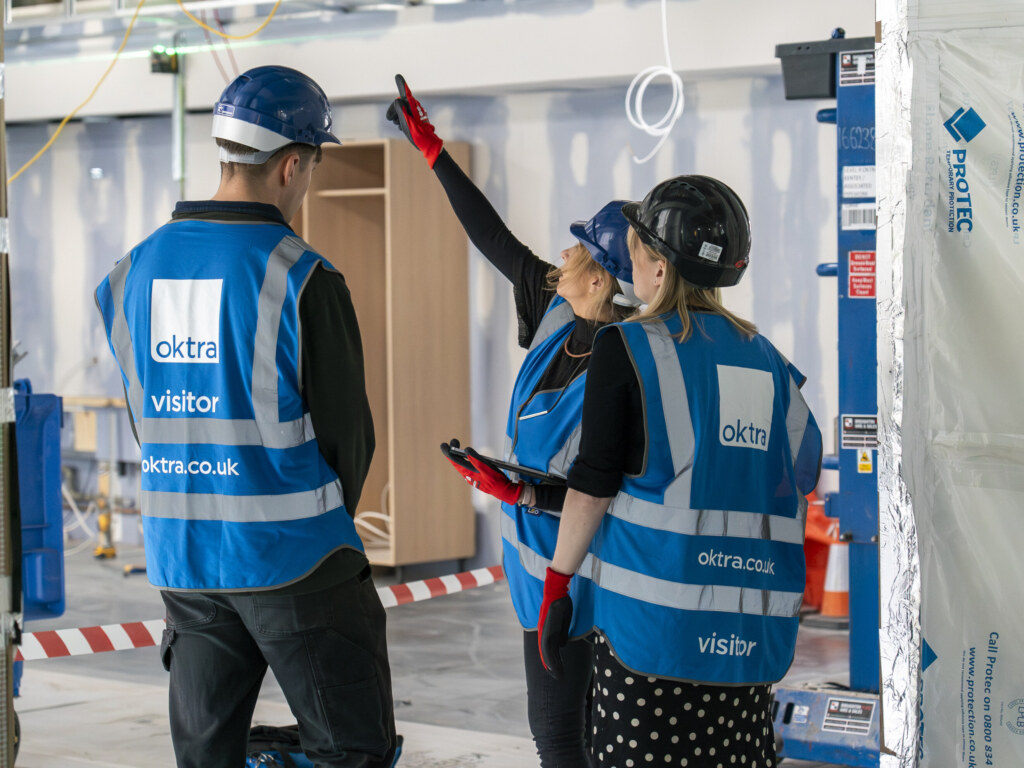
-
These refurbishments sit alongside new public spaces and amenities, breathing fresh life into NOMA and driving the area’s ongoing transformation into a vibrant, mixed-use neighbourhood.
Developers are also adapting to new design constraints. Rather than maximising floor area through demolition and rebuild, many are embracing creative retrofit strategies. That includes rethinking layouts, introducing wellness amenities and integrating low-carbon systems into existing frameworks. The result is a Manchester market increasingly defined by refurbishment-led innovation.
-

-
The road towards futureproofing
Manchester’s commercial landscape is being reshaped, but not by new towers. Instead, it’s the intelligent reuse of existing assets. Refurbishment is quickly becoming a strategic route to creating offices that stand out in a competitive market, rather than a fallback.
-
By delivering lower carbon impact, faster delivery and cost efficiency, retrofit gives landlords the ability to align with ESG expectations while meeting tenant demand for performance and experience. In a city where Grade A demand outpaces supply, the projects that succeed will be those that differentiate through quality, sustainability and adaptability.
For owners and investors, embracing retrofit is a key step in futureproofing assets and unlocking long-term value in Manchester’s evolving office market.
Ready to get started? Contact our team in Manchester to discuss your office refurbishment plans.
-
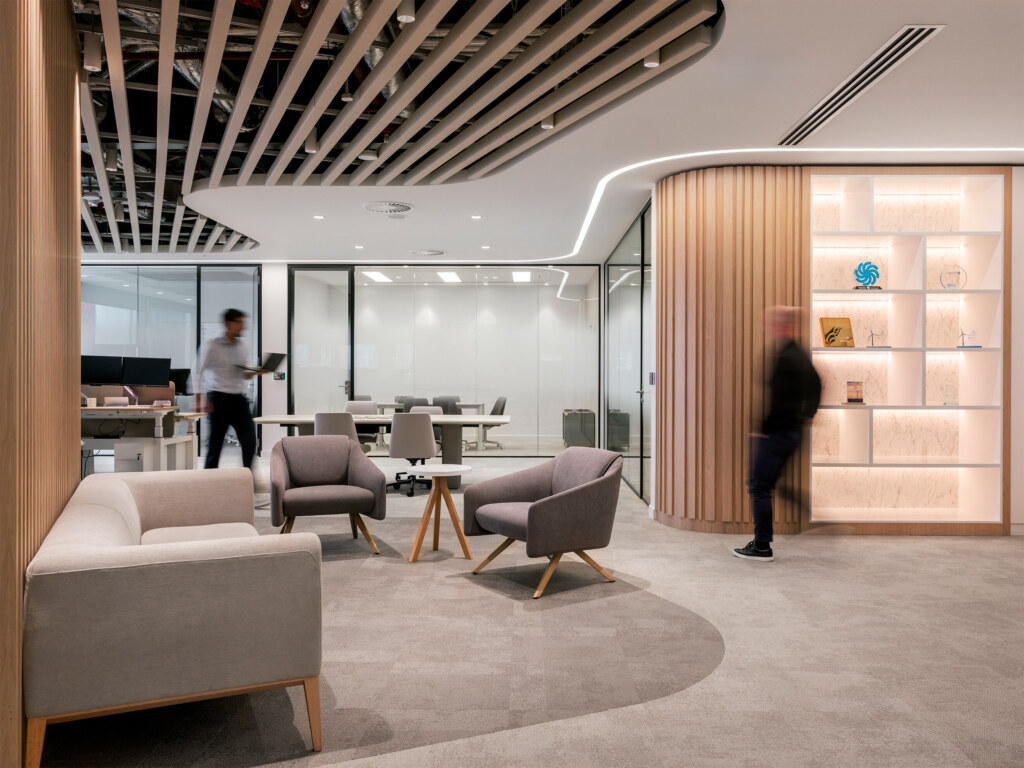
-
-
FAQs
-
Why are landlords in Manchester prioritising refurbishment over new builds?
With occupier demand high but new-build supply limited, refurbishment offers a faster and more cost-effective way to bring quality space to market. It also reduces carbon impact, aligns with ESG expectations and helps landlords futureproof assets against regulatory and tenant pressures.
What is the difference between a refurbished office and a new-build Grade A space?
A refurbished office is an existing building that’s upgraded to meet modern standards of performance, sustainability and tenant experience. A new-build Grade A space is constructed from the ground up. While both can deliver premium workplaces, refurbishments often provide a lower-carbon, quicker-to-market alternative that still meets occupier needs.
How does refurbishment help meet EPC and ESG goals?
Refurbishment allows landlords to improve the energy efficiency of older stock, lifting EPC ratings to meet tightening MEES requirements. At the same time, it supports broader ESG goals by reducing carbon emissions, introducing low-energy systems and enhancing the health, wellbeing and accessibility features demanded by tenants.
How long does a typical refurbishment project take?
Project timelines vary by building size and scope, but most office refurbishments can be delivered in 6-18 months. That’s significantly quicker than a full demolition and rebuild, which can take several years. This speed-to-market is a major advantage in a supply-constrained city like Manchester.
-
-
Contact us
Get in touch to discuss your potential fit out costs
020 7553 9500
info@oktra.co.uk
-
Related content
-
Want updates on similar new content? We’ll send you an email a month with new insights when you join our mailing list.
JOIN THE LIST
